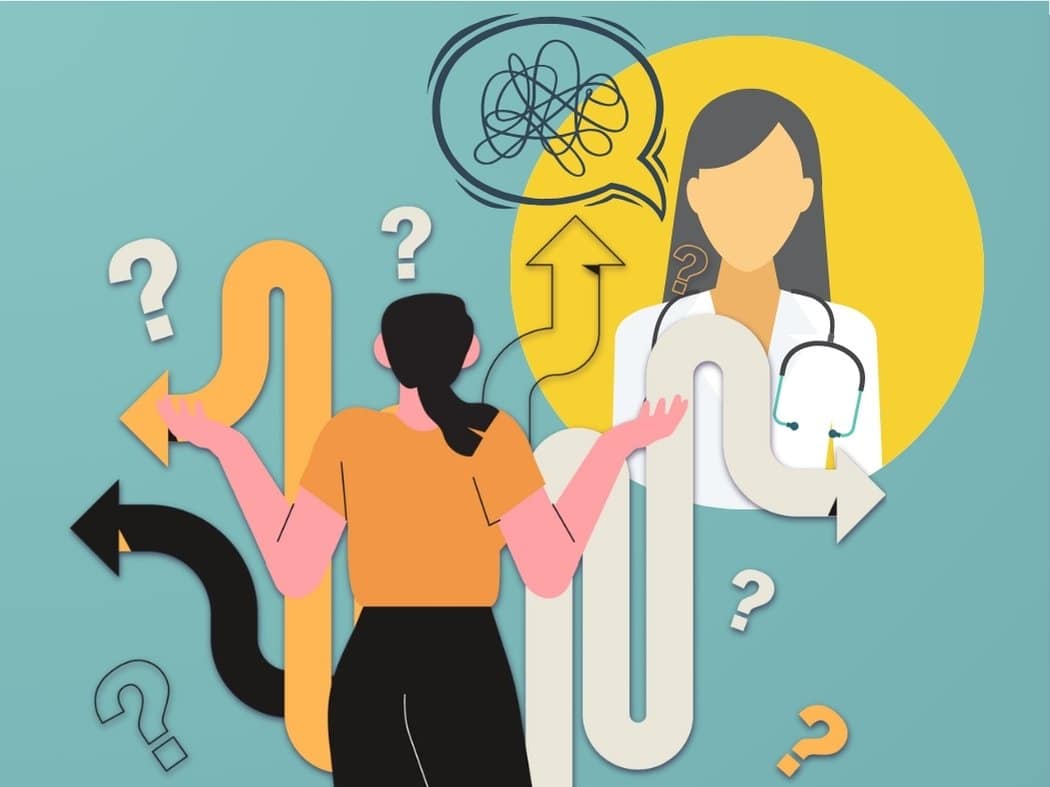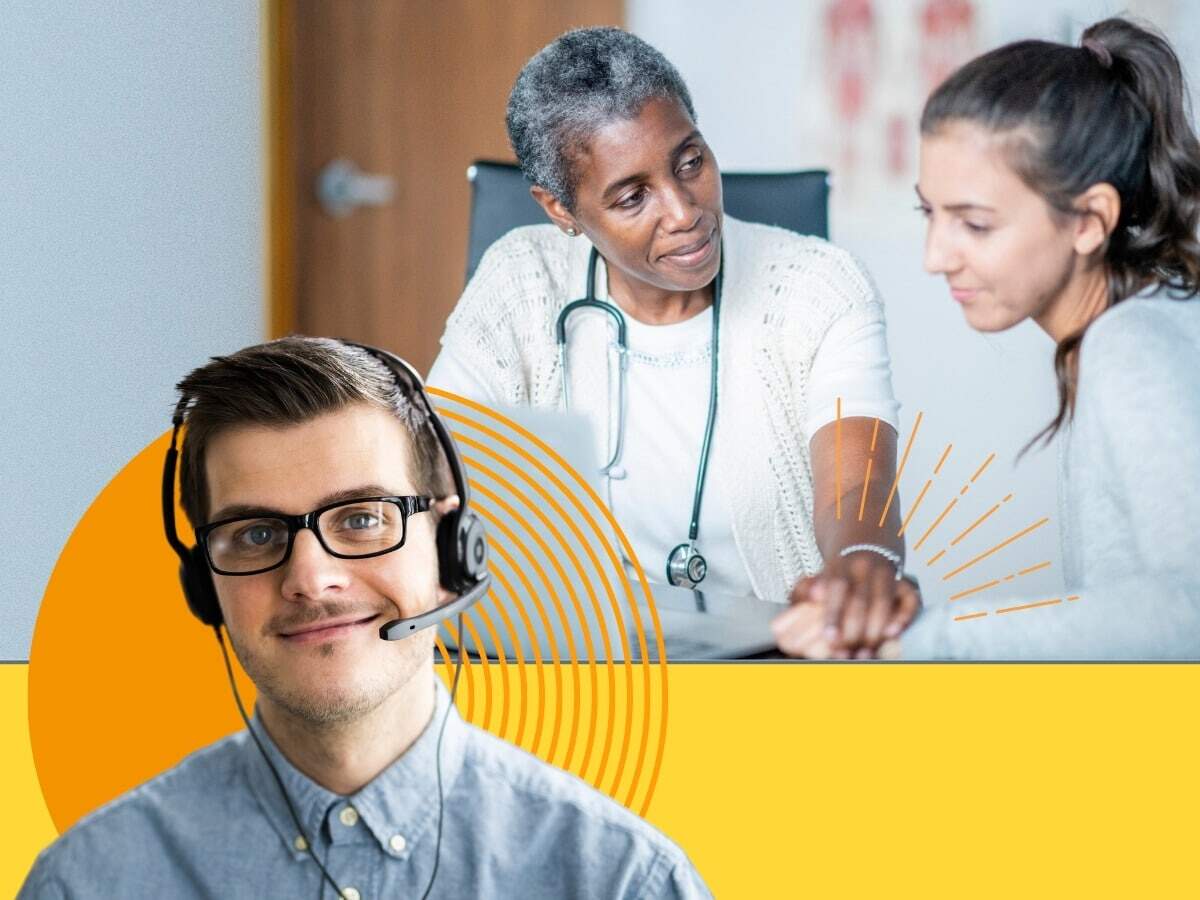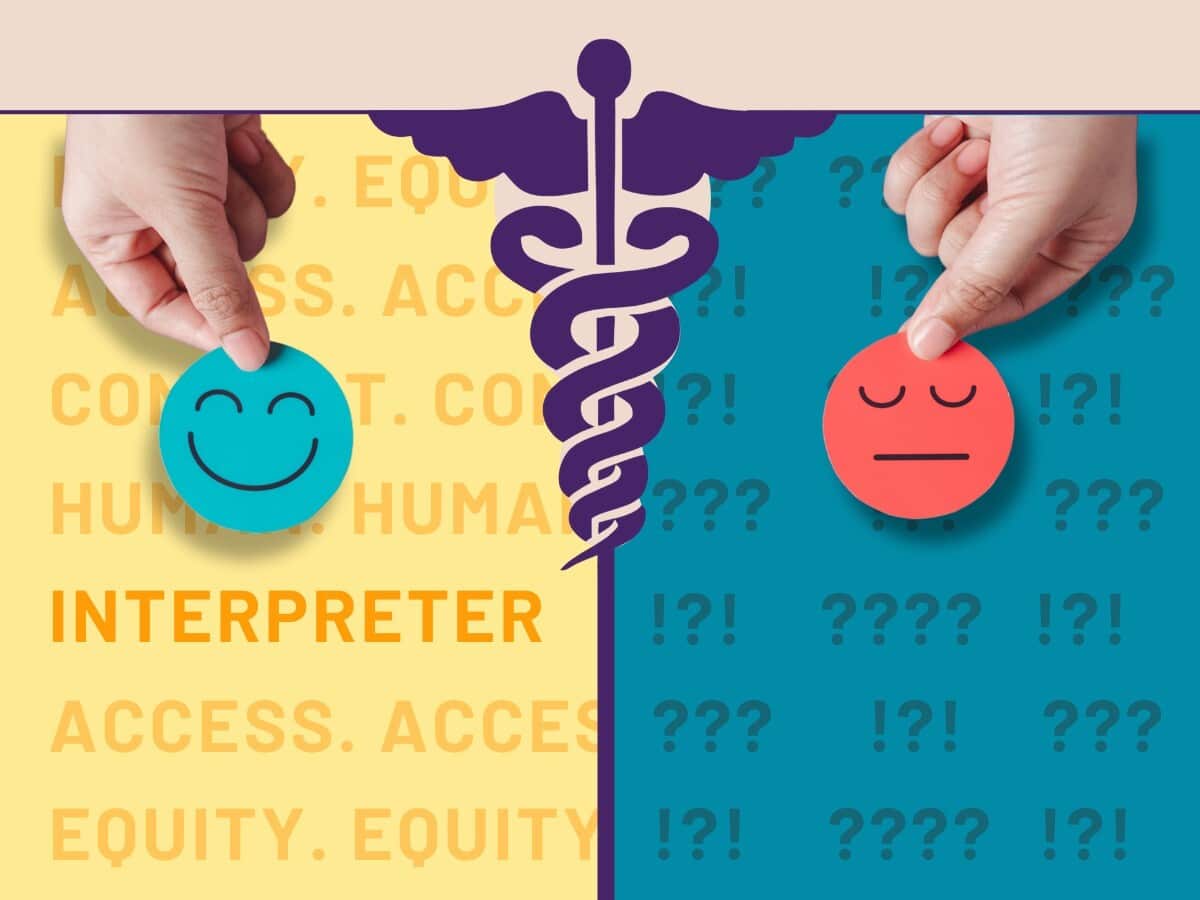See why interpreting services are such a critical resource for Federally Qualified Health Centers (FQHCs) in their mission to improve care access.
Providing quality healthcare to everyone in a culturally and socioeconomically diverse society can be a challenge, especially in the absence of universal healthcare solutions. This can lead to major health disparities among different demographic groups. In the U.S., health disparities often stem from a combination of interrelated factors, from societal and economic inequalities to cultural and linguistic diversity.
While the varied and deeply-rooted nature of these health disparities makes them exceedingly difficult to eliminate, they can be alleviated significantly with the right support services in place. Among these critical support services are Federally Qualified Health Centers (FQHCs) and interpreting services.
The Vital Role of FQHCs in Overcoming Health Disparities 
One of the most significant causes of health disparities in the U.S. is the unequal distribution of wealth, which directly influences access to healthcare services and quality of care received. Patients who experience income inequality and poverty have less access to preventive and routine care services, and experience significantly higher rates of chronic disease and mortality.
As one of the first significant attempts to overcome socio-economic barriers to quality care, legislation was passed in the 1960s under President Johnson that led to the establishment of the first neighborhood health centers. These first neighborhood health centers were designed to provide comprehensive healthcare services to low-income and medically-underserved populations, regardless of their ability to pay. They eventually became today's Federally Qualified Health Centers (FQHCs).
In the decades since, FQHCs have evolved and expanded to include over 10,000 care locations that form an important pillar of the U.S. healthcare system. Today, FQHCs serve tens of millions of people in all corners of the country, providing essential preventive and primary care services to the un- and underinsured and to all others with limited access to healthcare. For many communities in the U.S., they are the only available resource for accessing quality healthcare services.
The Vital Role of Interpreting Services in Overcoming Health Disparities
 Cultural and linguistic barriers are another significant cause of health disparities in the U.S. Similar to patients who face income inequality and poverty, patients with Limited English Proficiency (LEP) experience higher rates of misdiagnosis and mistreatment, poorer adherence to treatment outcomes, and disproportionately higher rates of infection, complication, adverse events, and even death. Patients with LEP also often lack access to specialized and preventive care.
Cultural and linguistic barriers are another significant cause of health disparities in the U.S. Similar to patients who face income inequality and poverty, patients with Limited English Proficiency (LEP) experience higher rates of misdiagnosis and mistreatment, poorer adherence to treatment outcomes, and disproportionately higher rates of infection, complication, adverse events, and even death. Patients with LEP also often lack access to specialized and preventive care.
Moreover, language-discordant care, which occurs when the patient and healthcare provider do not speak the same language and do not involve professional, medical interpreters in the care scenario, can lead to miscommunication, misunderstanding, and mistrust between healthcare providers and patients.
Qualified, professional interpreters play a crucial role in ensuring equal access to quality care for patients with LEP. High-quality interpreting services have been shown to improve patient care and care outcomes because healthcare professionals are able to better understand patient concerns, reliably diagnose symptoms, and build continuing rapport with the patient which supports adherence to treatment protocol.
Interpreting Services as a Critical Resource for FQHCs
There is significant overlap between language-minority communities and un-/underinsured patient populations, making FQHCs a frontline health resource for patients with LEP. This can prove to be a challenge for FQHCs, especially in communities with a wide spectrum of language diversity. Fortunately, the solution is clear: empower FQHCs with access to high-quality interpreting services in all of the languages represented in their community.
By enabling FQHCs to provide language-concordant care to patients with LEP, interpreting services act as a necessary and critical resource for FQHCs to fulfill their mission of equal access to quality healthcare for all patients, regardless of language or income.
5 Ways Interpreting Services Support the Mission of FQHCs
 1. Improved Patient Communication
1. Improved Patient Communication
Effective communication between healthcare professionals and patients is essential to providing quality healthcare services. When a patient and healthcare provider face a language barrier, it becomes difficult to communicate important health information, ask and answer questions, give consent, and follow treatment instructions. Interpreting services ensure that patients can effectively communicate with their care providers and receive appropriate healthcare services.
2. Reduction in Health Disparities
Access to quality healthcare is a right for every individual regardless of race, ethnicity, culture, or language. By improving communication among healthcare providers, patients, and their families, interpreting services ensure that patients with LEP receive the same level of care as English-speakers, thereby reducing known health disparities.
3. Enhanced Quality of Care
Effective communication plays an important role
in improving the quality of healthcare services. Including interpreters in the care scenario ensures that a patient with LEP can convey their health concerns accurately and communicate their medical history, medication, and follow-up care needs. This information assists healthcare providers to make more informed decisions, diagnose more accurately, and provide appropriate treatment plans.
4. Improved Patient Outcomes and Satisfaction
Reducing health disparities and providing equal access to  healthcare services are two primary goals of FQHCs. Interpreting services facilitate improved communication between healthcare providers and patients, resulting in better patient outcomes. In turn, improved communication and better outcomes result in higher patient satisfaction scores.
healthcare services are two primary goals of FQHCs. Interpreting services facilitate improved communication between healthcare providers and patients, resulting in better patient outcomes. In turn, improved communication and better outcomes result in higher patient satisfaction scores.
5. Compliance with Federal Regulations
To ensure that FQHCs provide quality healthcare services to
all citizens, they must comply with the numerous federal  regulations governing language access. For example, Title VI of the Civil Rights Act and the Affordable Care Act both require healthcare organizations that receive federal funding to offer language assistance services to all patients with LEP. Failure to comply with these regulations could lead to the withdrawal of federal funding.
regulations governing language access. For example, Title VI of the Civil Rights Act and the Affordable Care Act both require healthcare organizations that receive federal funding to offer language assistance services to all patients with LEP. Failure to comply with these regulations could lead to the withdrawal of federal funding.
Conclusion
While many root causes of health disparities are deep-seated and will require concerted, systematic efforts to overcome, language barriers are one that can be solved quickly and effectively. Interpreting services, whether provided in-person or virtually through Over the Phone or Video Remote Interpreting, are powerful resources to overcome those disparities caused by language barriers.
As the only option for medically underserved populations, which often include patients with LEP, to receive quality healthcare is often FQHCs, they function as an important lifeline in their communities. By helping FQHCs ensure that everyone has access to quality healthcare services, regardless of language or cultural barriers, interpreting services are a critical resource for FQHCs to fulfill their mission.











